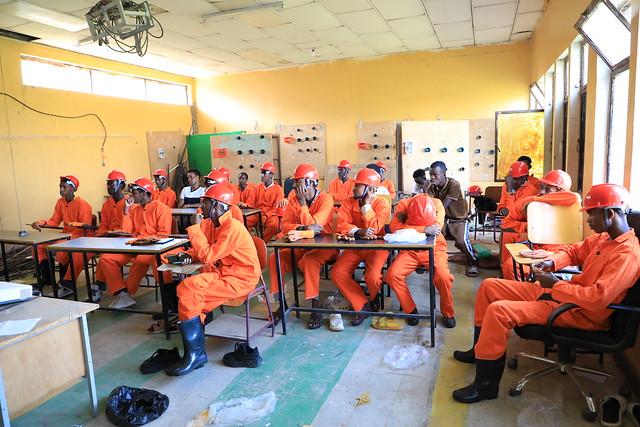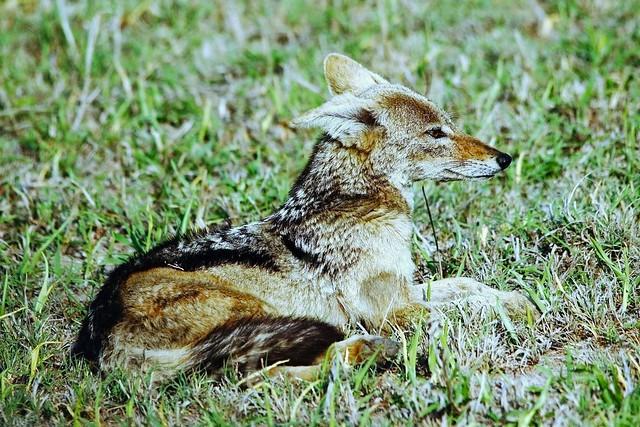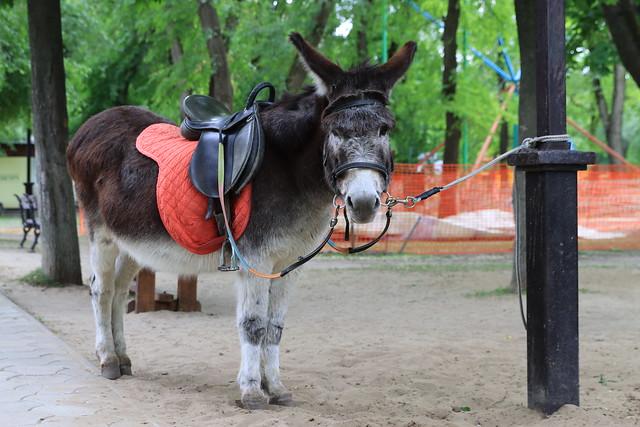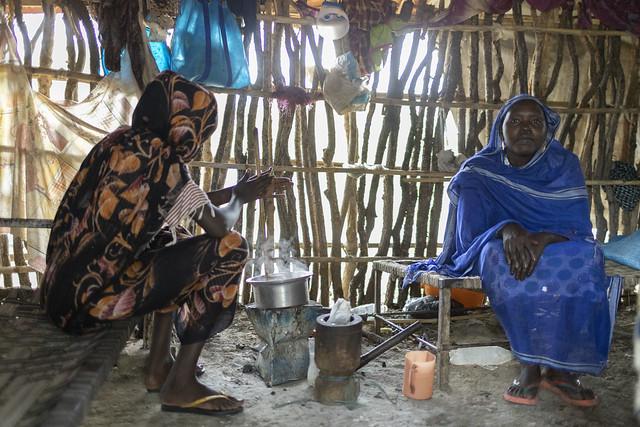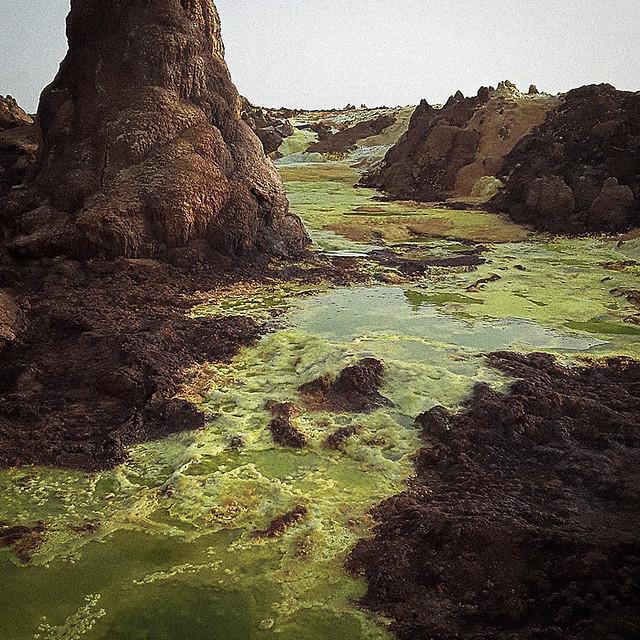Somali Region
Overview
Geography and Landscape
The Somali Region, situated in the eastern part of Ethiopia, is a captivating area characterized by its diverse landscapes, ranging from arid deserts to lush green highlands. Stretching along the borders of Somalia and Djibouti, the region is known for its vast plains, majestic mountains like the Bale Mountains, and the stunning Harar Highlands. These geographical features create a breathtaking backdrop for travelers seeking to explore Ethiopia's wilderness and natural beauty. The climate is predominantly arid, with the dry season extending for several months, making the rainy season, usually from June to September, a transformative period when the landscape bursts into life.
Culture and Traditions
The Somali Region is home to the Somali ethnic group, whose rich cultural heritage is deeply woven into the fabric of daily life. The people are known for their hospitality, a hallmark of Somali culture, where visitors are often welcomed with open arms and offered traditional dishes such as injera and suqaar. The region is also famous for its vibrant oral traditions, storytelling, and poetry, which are central to Somali identity. Traditional music and dance, particularly during community gatherings and celebrations, showcase the region's artistic flair and communal spirit.
Historical Significance
Historically, the Somali Region has served as a crossroads for trade and cultural exchange, influencing the development of the area. The ancient city of Harar, a UNESCO World Heritage site, is significant for its historical and religious importance. It is one of the oldest Islamic cities in Africa, featuring more than 80 mosques and countless shrines. Harar is also known for its unique architecture, with narrow alleyways and vibrant markets that reflect the city’s rich history as a trading hub. Visitors to Harar can explore the colorful markets, sample local delicacies, and even participate in the traditional practice of feeding hyenas, a peculiar yet fascinating experience.
Local Characteristics and Economy
The economy of the Somali Region is primarily based on pastoralism, agriculture, and trade. The nomadic lifestyle of the Somali people revolves around herding livestock, particularly camels, goats, and sheep. This practice not only sustains their livelihoods but also shapes their cultural identity. In contrast, the fertile areas around the highlands support crop cultivation, including maize and sorghum. Travelers can engage with local communities to learn about their agricultural practices and the importance of livestock in their daily lives, gaining insight into the resilience and adaptability of the Somali people in the face of environmental challenges.
Wildlife and Nature
The Somali Region is also a treasure trove for nature enthusiasts and wildlife lovers. The region is home to unique ecosystems and is part of several protected areas, including the Omo National Park and the Bale Mountains National Park. These parks offer opportunities for trekking, bird watching, and spotting endemic species like the Ethiopian wolf and the mountain nyala. The diverse wildlife and stunning sceneries make it an ideal destination for eco-tourism, allowing travelers to connect with nature while supporting conservation efforts.
Travel Tips
For foreign travelers, visiting the Somali Region requires some preparation. Understanding basic cultural norms, such as dress codes and greetings, is essential for respectful interactions with locals. It is advisable to travel with a knowledgeable guide who can navigate the region’s complexities and enhance the experience. Additionally, ensure that you have the necessary permits and information about safety conditions, as some areas may be sensitive. Engaging with local communities, participating in cultural activities, and savoring the regional cuisine will undoubtedly enrich your journey through this extraordinary part of Ethiopia.
How It Becomes to This
History not available
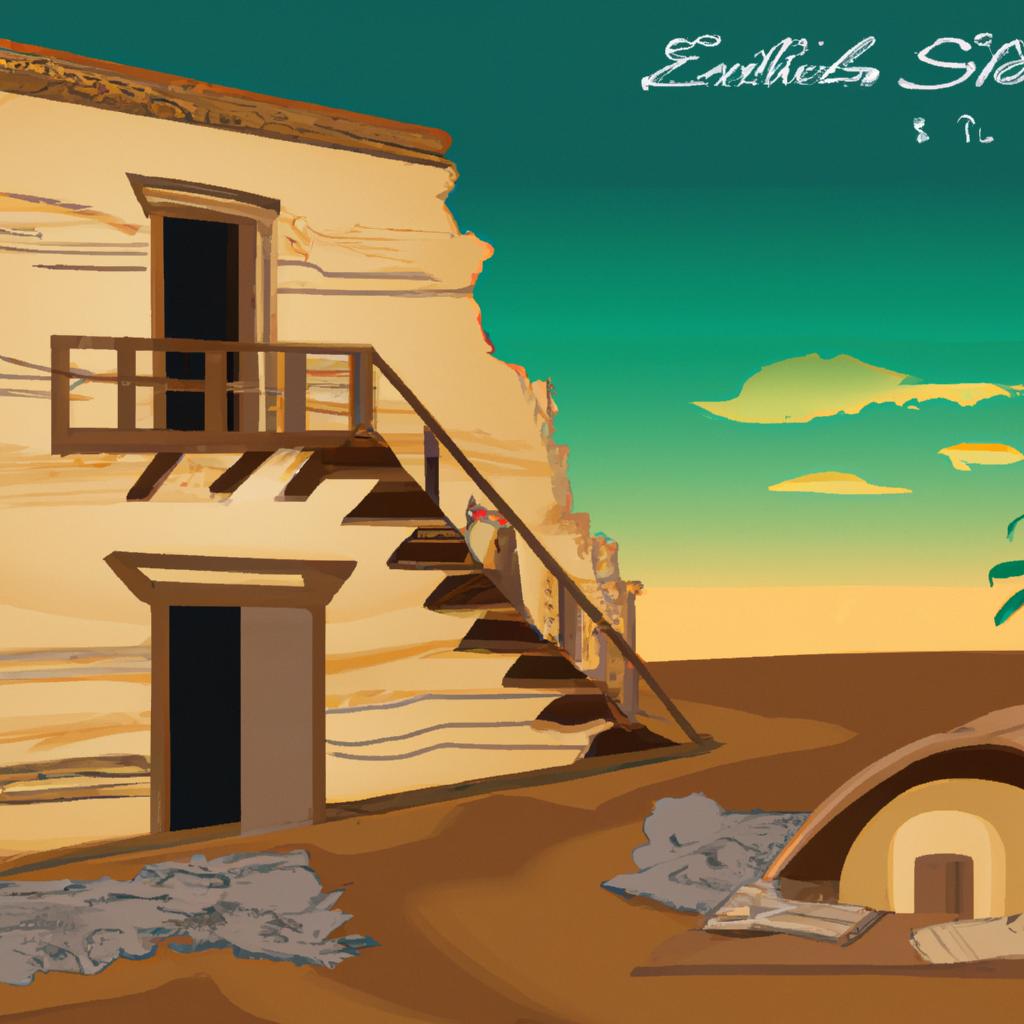
You May Like
Explore other interesting states in Ethiopia
Discover More Area
Delve into more destinations within this state and uncover hidden gems.


